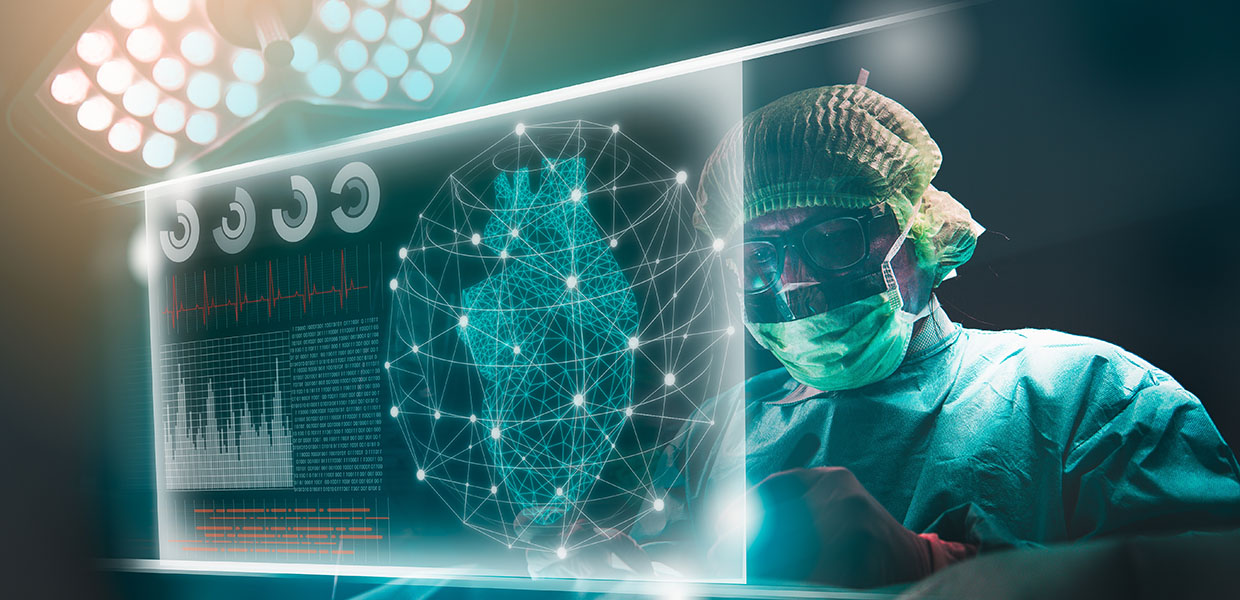Robotics in medicine is a relatively new concept. The first FDA-approved robotic system was cleared for use just three decades ago. This system, AESOP (Automated Endoscopic System for Optimal Positioning), assisted surgeons in minimally invasive endoscopies by allowing voice or computer-controlled maneuvering of the endoscope inside the patient. By the early 2000s, this system evolved into ZEUS – a system with three robotic arms offering precise control for minimally invasive microsurgery procedures.
Since then, advancements in robotic surgery have rapidly progressed, as the demand for minimally invasive surgery has risen and technological developments in areas like artificial intelligence (AI) have taken off. The global medical robotics market today is estimated at $4.4 billion and growing at over 19.3% annually, expected to reach $18.2 billion in 2030. Surgical applications continue to expand and include urology, gynecology, cardiology, neurology and orthopedics among others. Today, a surgeon can even be in a different time zone performing a routine procedure using robotic telesurgery. The wider adoption of surgical robots has the potential to increase patient access to necessary procedures.


